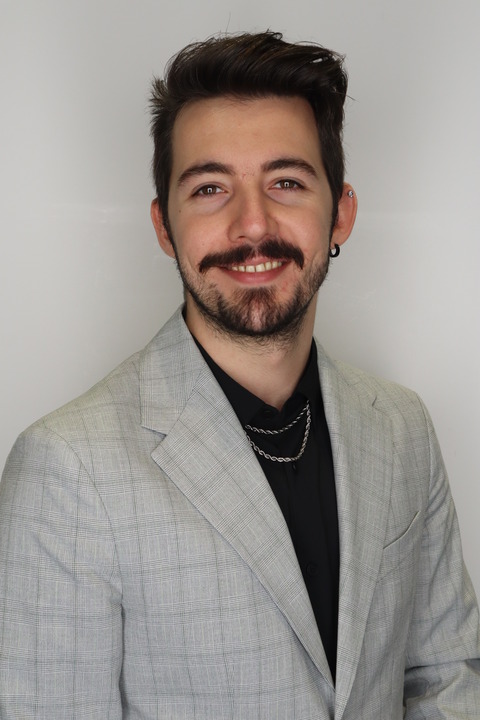This international Parsons School of Design student pursuing dual graduate degrees in architecture and lighting design discusses his plan to work in both practices and take what he has learned back home to design projects in Iran
Why light?
My passion for lighting grew at the Navan Architecture Office in Iran, where I co-founded the firm. Inspired by global projects, I delved into lighting strategies. I discovered architectural lighting design at Parsons through participating in a multidisciplinary studio, and realized its importance in enhancing designs. This exposure underscored [to me] the necessity of lighting knowledge for architects.
What is your favorite project?
Driven by my newfound passion for lighting, I’ve committed to broadening my experiences in the field. While exploring light fixture design, I created captivating effects by designing a luminaire that blends artistry with lighting technology, transforming interior surfaces with mesmerizing kaleidoscopic patterns. This endeavor merged my studies of light’s natural features with innovative design, offering a dynamic alternative to static paintings and traditional luminaires.
The best part of your job?
The magic trick of light is that you get to know and work with an intangible phenomenon contrary to architecture, which is mainly engaged with solids; however, both [practices] tremendously influence users psychologically and physiologically. The power of lighting to set moods, and reveal or hide forms, is unrivaled and exemplary, but it is also more challenging to understand and manipulate [than architecture].
What’s the biggest obstacle you’ve encountered?
Due to an issue with my visa, I couldn’t work off-campus or take internships during the summer after my first academic year. Considering the limitations and competitiveness of on-campus jobs, I instead found a research assistantship in my university’s Tishman Design and Environmental Center. The obstacle turned into a privilege that raised my sustainability knowledge; [the group I worked with] managed to re-initiate our school’s composting system after its pandemic-affected suspension.
What is an important consideration for the future of the lighting industry?
It has been only [a little] more than a decade since the release of the first series of functional LED fixtures. Since then, we have observed a revolution in fixtures’ durability, energy efficiency optimization, eco-friendly aspects and design flexibility, which introduced a crucial gateway in the lighting world. This emphasizes the essence of setting our pace—going along with the new technologies and using their capabilities to the best of our ability to better our industry’s future.
Do you have a dream job?
My ideal career blends architecture and lighting design, each with its unique allure, making it hard to pick just one. I aspire to work on diverse projects, from furniture and luminaire design to building design and theory, with flexibility in time and sufficient income for worry-free creativity as a multidisciplinary designer. Additionally, I aim to become the ambassador of standard lighting in Iran and establish an accessible architectural lighting design pedagogy there.
The Emerging Professional column explores issues affecting younger lighting professionals and those new to the industry.

